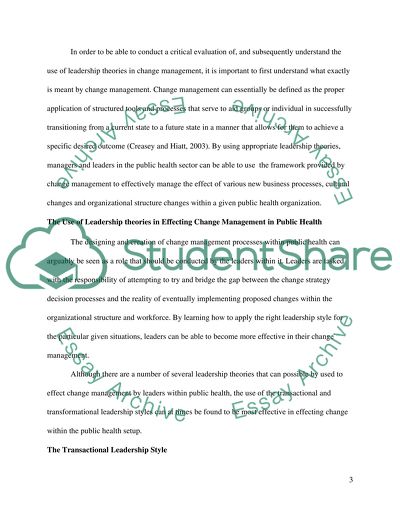Cite this document
(“Change Management within the Public Health Context Essay”, n.d.)
Change Management within the Public Health Context Essay. Retrieved from https://studentshare.org/health-sciences-medicine/1498095-change-management-within-the-public-health-context
Change Management within the Public Health Context Essay. Retrieved from https://studentshare.org/health-sciences-medicine/1498095-change-management-within-the-public-health-context
(Change Management Within the Public Health Context Essay)
Change Management Within the Public Health Context Essay. https://studentshare.org/health-sciences-medicine/1498095-change-management-within-the-public-health-context.
Change Management Within the Public Health Context Essay. https://studentshare.org/health-sciences-medicine/1498095-change-management-within-the-public-health-context.
“Change Management Within the Public Health Context Essay”, n.d. https://studentshare.org/health-sciences-medicine/1498095-change-management-within-the-public-health-context.


